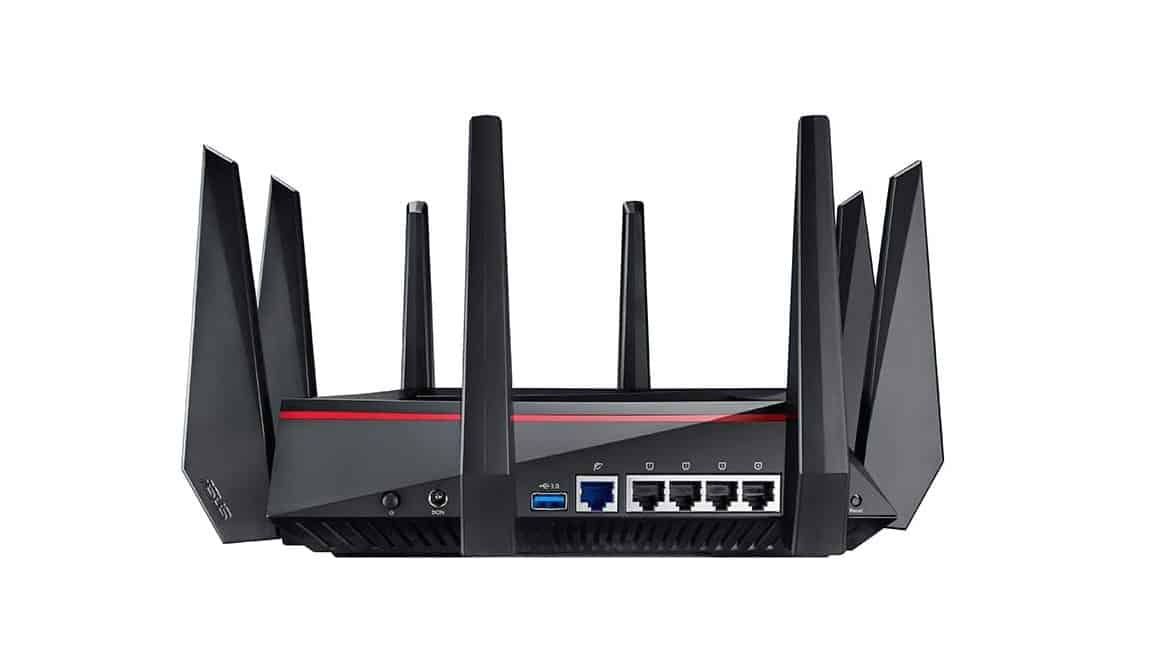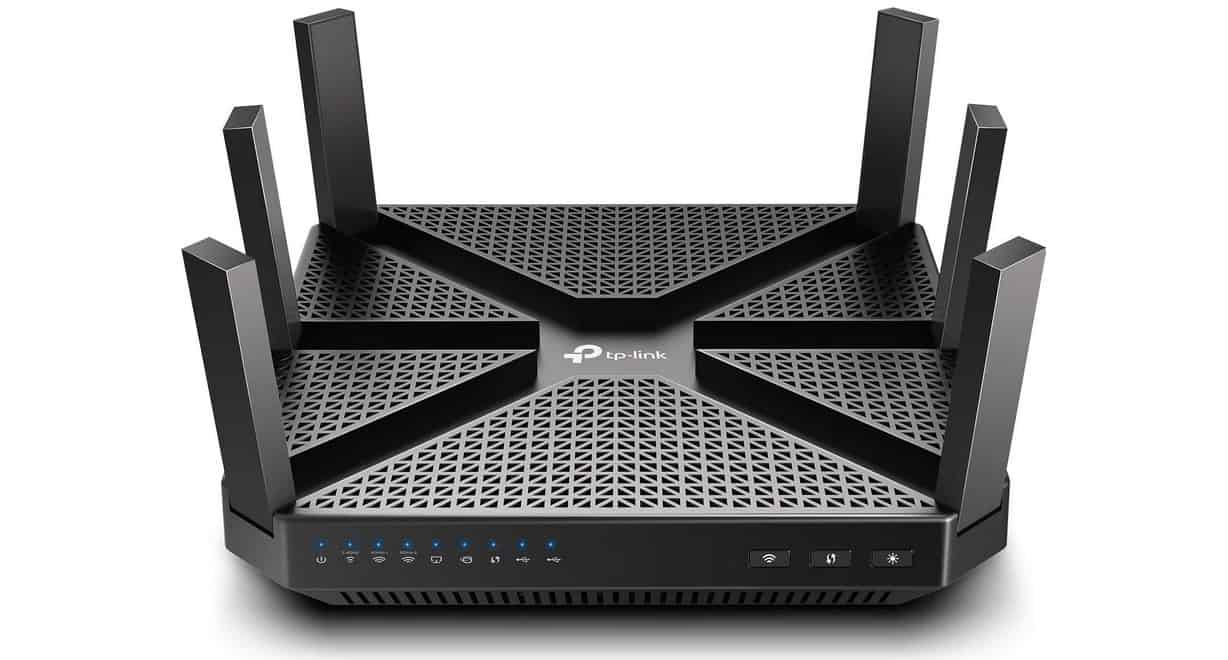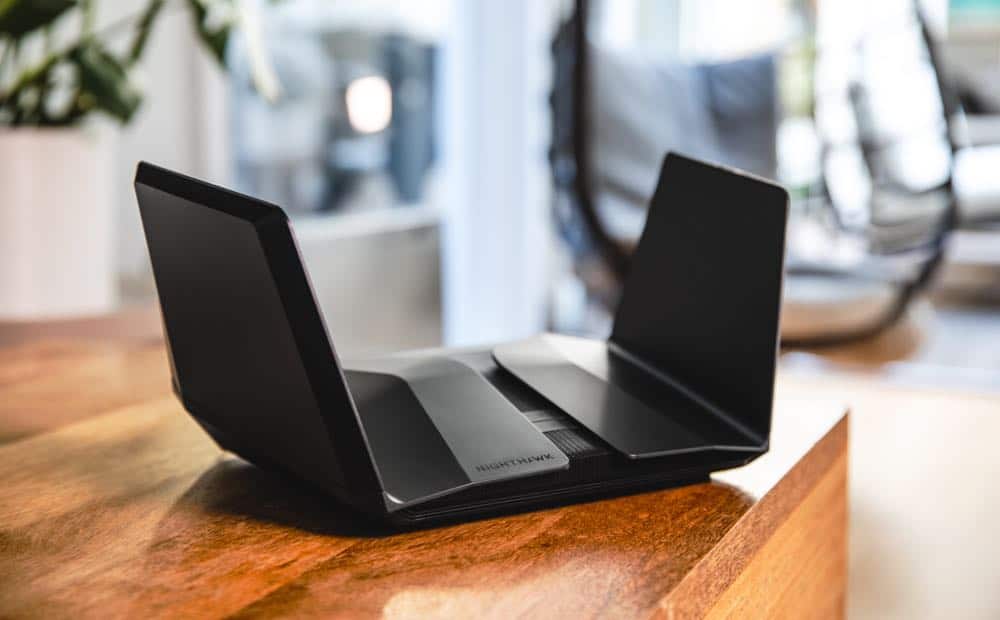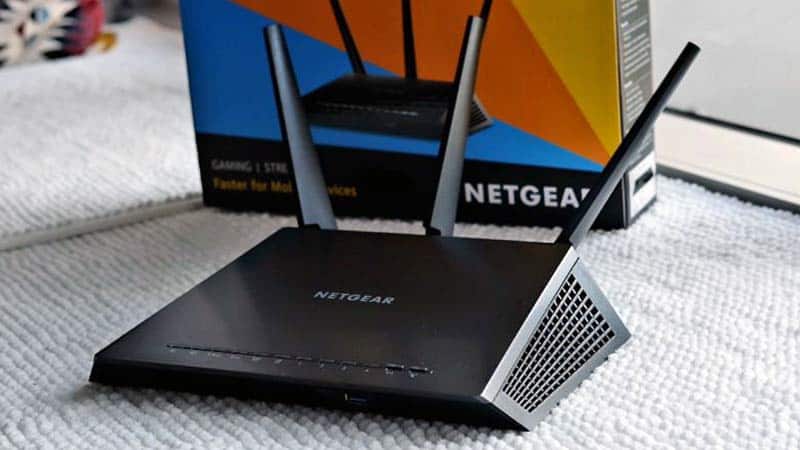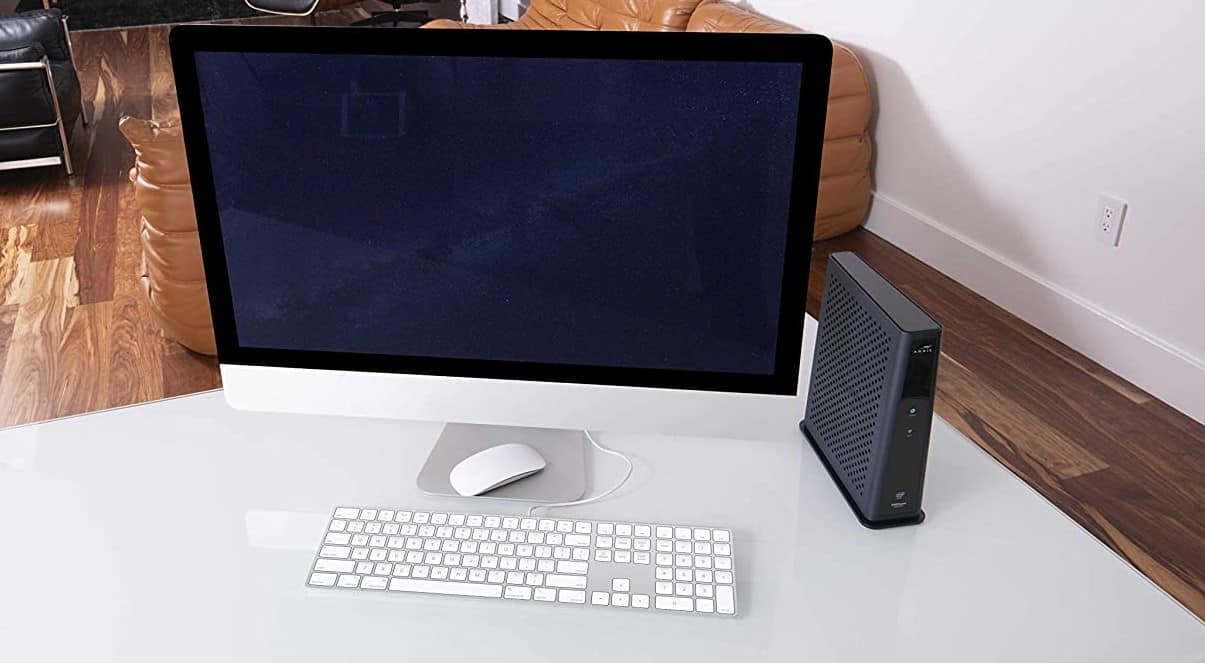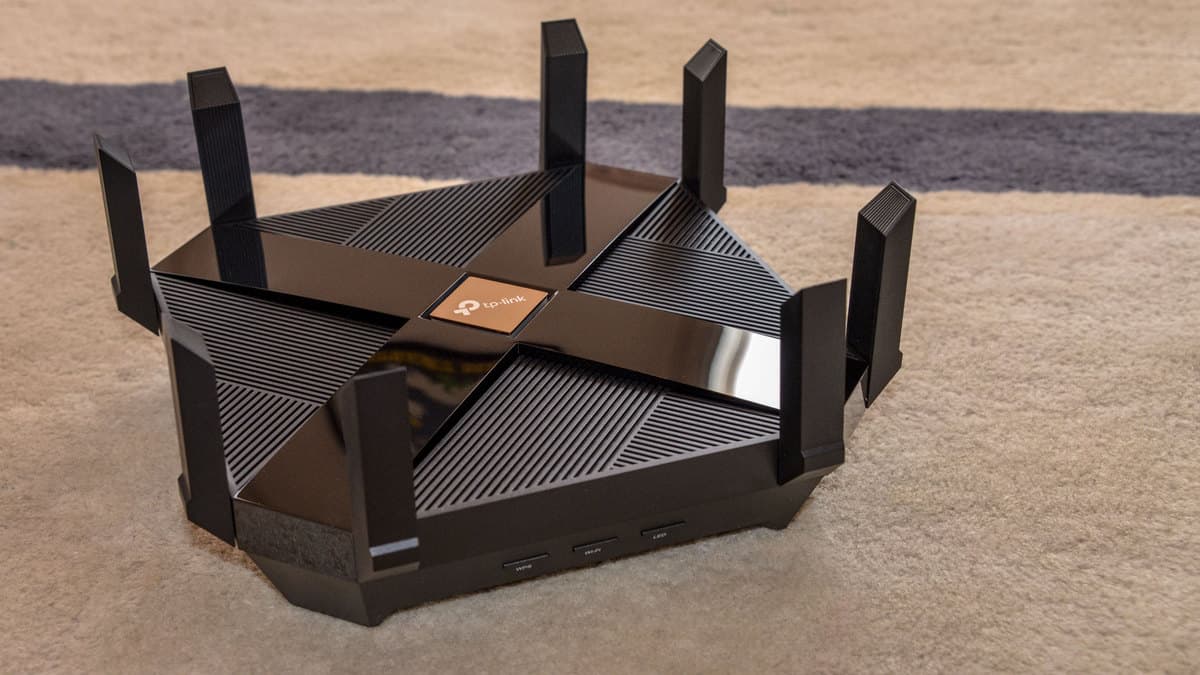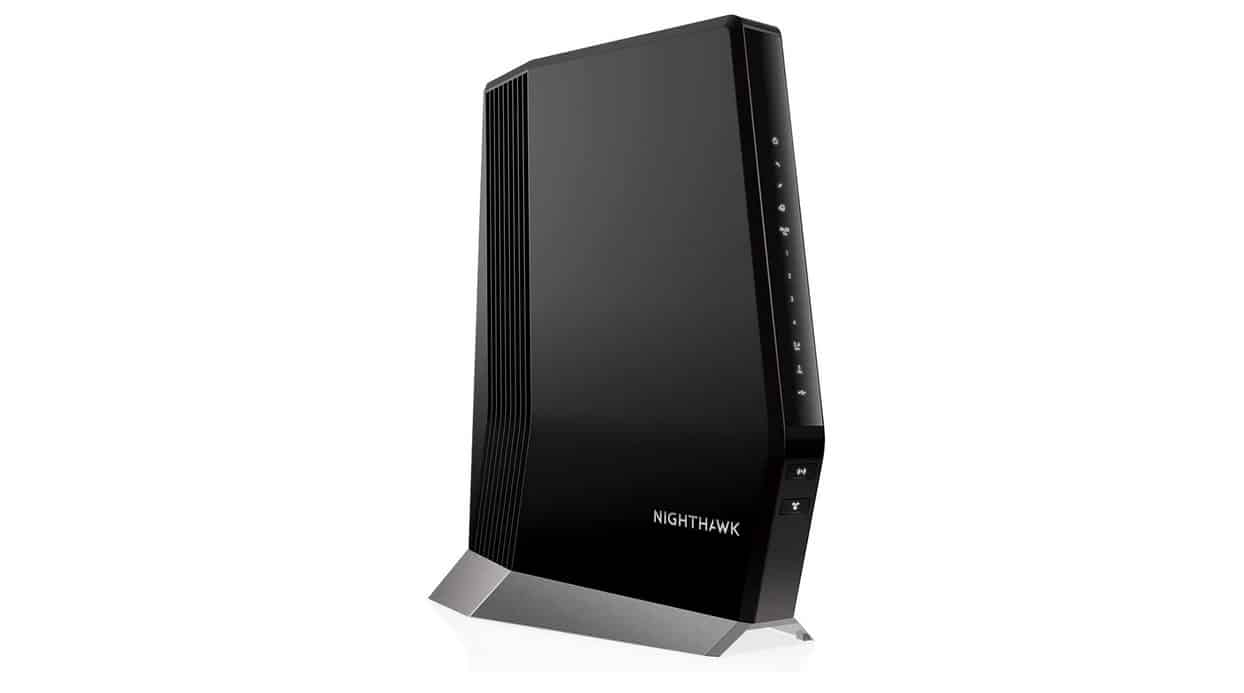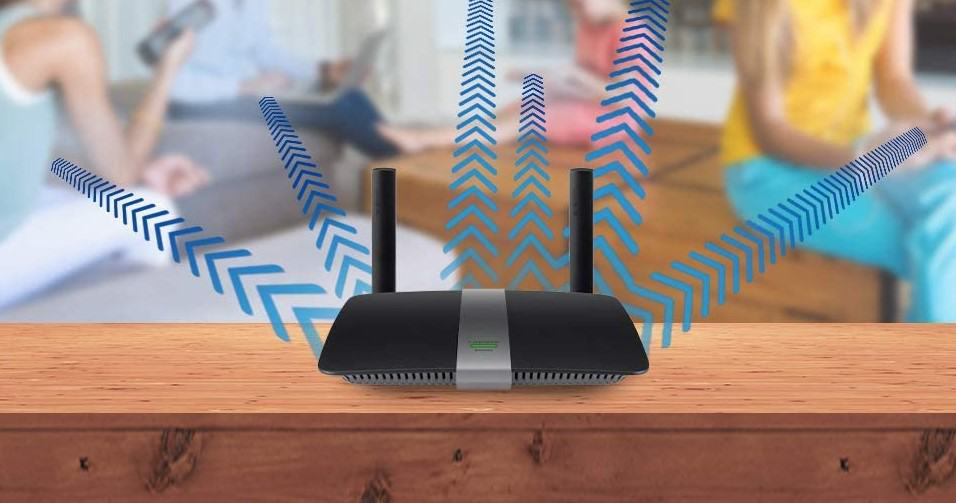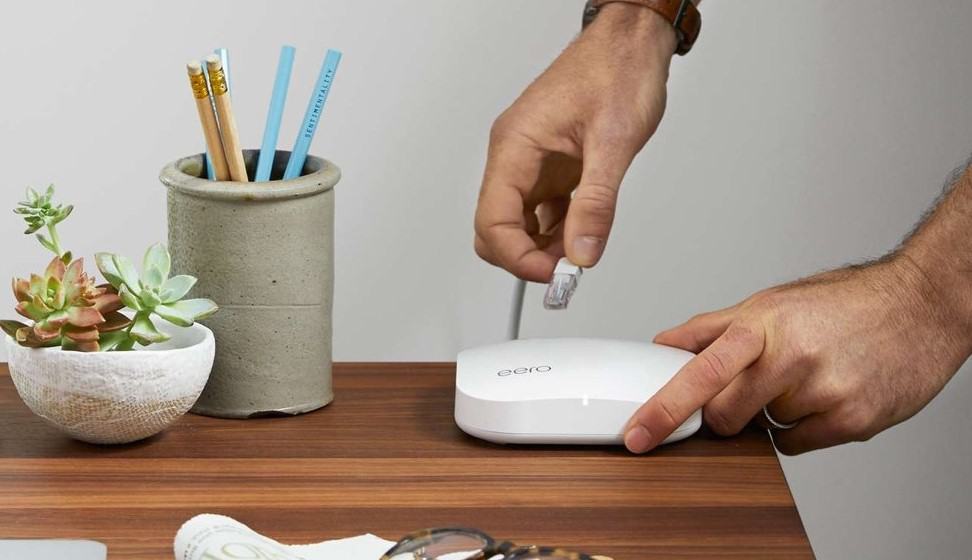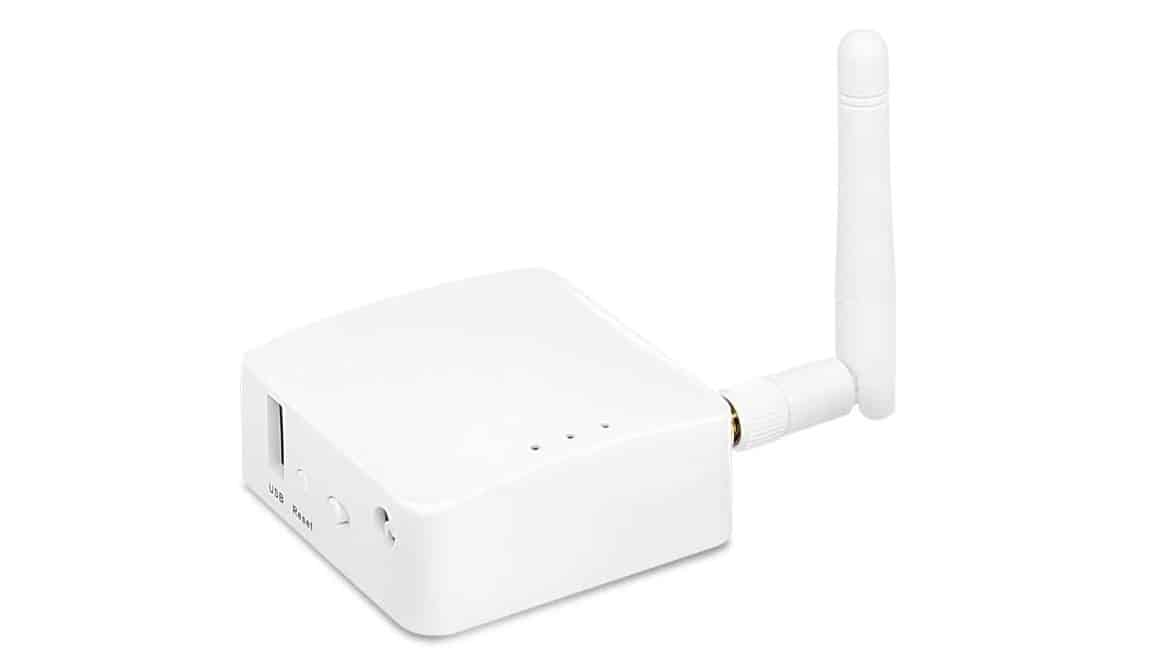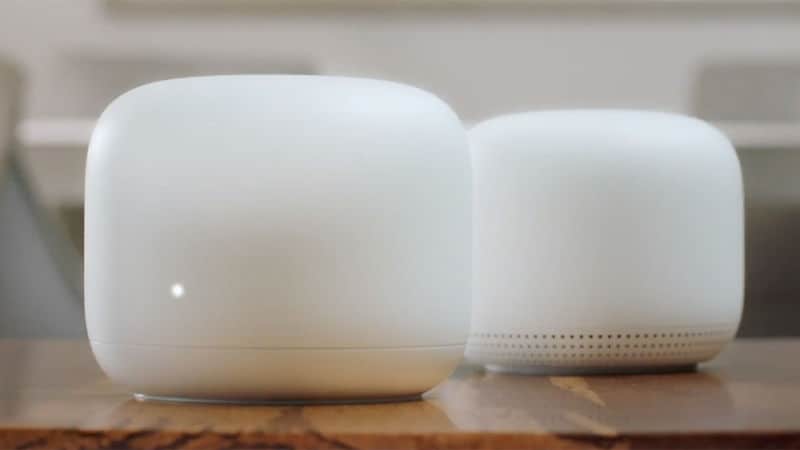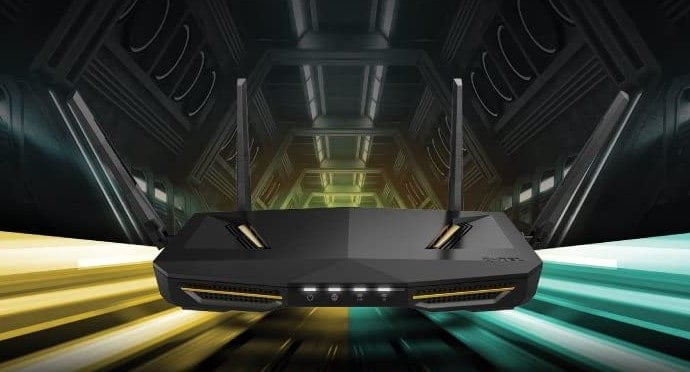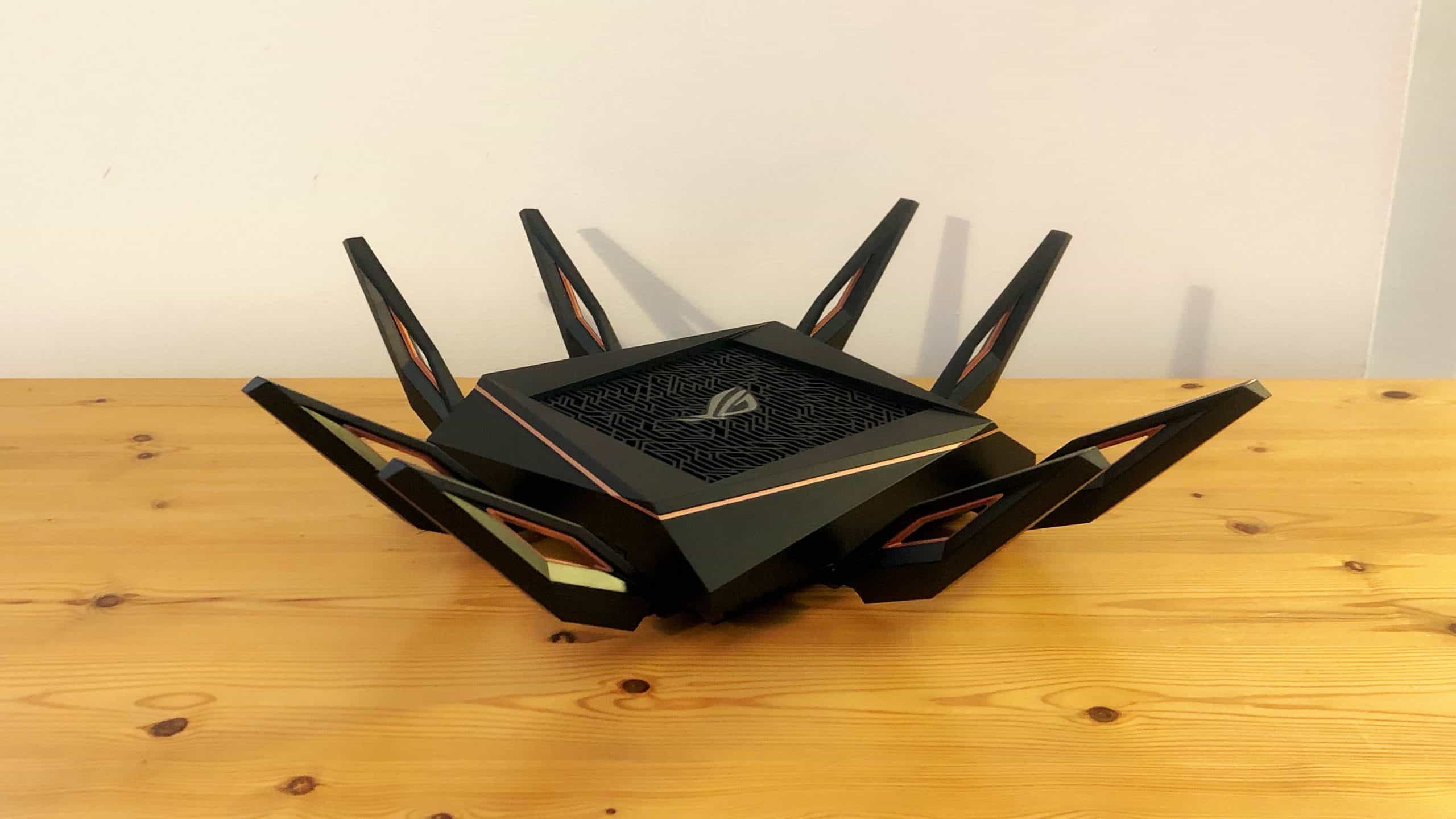We spent a week researching and reviewing 25 different products from different brands to give you seven of the best home WiFi systems on the market today. Although speed and bandwidth largely depend on your internet service provider, your home Wi-Fi system can significantly improve your network performance as well. After meticulous testing, we’ve found seven of our favorite Wi-Fi systems. We also found the best router on the market.
The Eero Pro Mesh Wi-Fi System outshone the rest of the best home Wi-Fi systems on our list in terms of coverage, speed, and system setup. Read on to find out more about our top pick and our six other favorites.
The 7 Best Home Wi-Fi Systems Compared
#1 Eero Pro Mesh Wi-Fi System (2nd Gen) – Top Pick
We’re sorry, this product is temporarily out of stock
WHY WE LIKE IT: The Eero Pro Wi-Fi System consists of one powerful tri-band router and two flexible beacons with MU-MIMO and beamforming features to optimize network performance. This bundle covers more than 4,700 square feet of your home with high-speed, reliable Wi-Fi, which puts it in the middle of our selection in terms of range alone.
- 4,700 sq. ft. of high-speed coverage
- Easy installation and setup
- Fast, reliable, whole-house coverage
- Small connectivity issues with iOS devices
- Malware protection and parental control require a subscription
- Beacons lack Ethernet support
The Eero Pro Home Wi-Fi bundle comes with a second-generation router with tri-band power that covers up to 1,750 sq. ft. on its own and an additional 5GHz radio, allowing your network to handle more devices without compromising its performance. The router has two Ethernet ports which you can use to establish stable and fast wired connections. You will need the best home router to make things even better.
Eero’s bundle consists of two beacons as well. No installation is required. All you have to do is plug a beacon in to add up to 1,500 sq. ft. of coverage. An app will do everything for you. It automatically connects Eero devices to form one mesh network. Not only that, Eero offers world-class security by issuing one-time passwords on their app and permitting only WPA2-compatible devices on your home network.
#2 Netgear Orbi RBK23 Tri-Band Mesh Wi-Fi System – Honorable Mention
We’re sorry, this product is temporarily out of stock
WHY WE LIKE IT: The RBK23 Wi-Fi system features a 2.2 Gbps router and two satellites that cover 6,000 sq. ft., advanced threat protection, and smart parental controls. It’s the perfect choice for homeowners who want greater control of their home network.
- 2.2 Gbps speed
- Supports up to 20+ devices
- Easy installation and setup
- Some users have reported issues with time scheduling parental controls
- Has firmware issues
- Expensive
Each of the three components of the RBK23 home network measures 5.6 x 2.4 x 6.6 inches and weighs only 1.05 lb. They are more compact compared to their previous iteration. Unfortunately, their smaller size means they have fewer Ethernet ports. The router has one, while both satellites have two, which means you get fewer opportunities to set up wired connections.
The Orbi Wi-Fi system can be set up and customized within minutes using the app. It offers one 2.4 GHz band and two 5 GHz bands, which deliver up to 2200 Mbps speeds, making it one of the more powerful and stable tri-band systems on our list. However, it’s software isn’t updated as often as the Eero Wi-Fi system, which is why it’s our second favorite.
Related: See also the best mesh routers.
#3 TP-Link Deco Whole Home Mesh Wi-Fi System – Best for Smart Homes
WHY WE LIKE IT: The TP-Link Deco Mesh System supports AC1200 Wi-Fi speeds, advanced WPA/WP2 wireless encryption, and robust parental controls, making your home network safer and faster. Since this Mesh Wi-Fi system can connect up to 100 devices, it’s an ideal choice for smart homes with large families and a penchant for entertaining guests.
- Fast AC1200 speeds
- Easy, hassle-free setup
- Two-year warranty with 24/7 technical support
- Lacks a web-based interface
- Lacks offline management
- Expensive
The TP-Link Wi-Fi System comes with three Deco M4 devices. Together, they can cover an area of up to 5,500 sq. ft., promoting fast and seamless roaming within your home. Compared to our top two favorites, it can support more devices–as many as 100 to be exact.
Designed with robust parental control, parents can limit the internet access of every family member and restrict them from viewing specific online content. They can even pause Wi-Fi connectivity on their kids’ devices during meals or bedtime. The entire network can be managed from the Deco app. Not only that, homeowners can control it through Alexa voice controls, making it a perfect addition to smart homes.
#4 MeshForce Whole Home M3 Wi-Fi System – Best Expandable Mesh Wi-Fi System
WHY WE LIKE IT: The MeshForce M3 system supports 1200 Mbps dual-band Wi-Fi, Gigabit Ethernet speeds, and advanced security, promoting seamless wireless connectivity in up to 4,000 sq. ft. It’s nearly as impressive as our top pick in terms of coverage, but the best thing about this mesh Wi-Fi system is that it’s easy to expand, making it an ideal choice for growing families.
- Excellent configuration options
- Easy, hassle-free setup
- Phenomenal coverage and performance
- Poor customer support
- App has basic features
- Expensive
The M3 Suite consists of a single dual-band router and two wall-plug extenders, which cover a total of over 4,000 sq. ft. The three-unit system’s range is merely 700 short from our top pick. However, you can extend the coverage by adding six more extenders to the Wi-Fi system. It’s the most scalable option on our list. If you’ve got a large home, this can eliminate dead spots and support seamless roaming.
MeshForce’s home network can be managed through the My Mesh app. From there, you can check your Wi-Fi status, connections, and even kick out unknown devices. The app can be used on iOS and Android devices.
#5 Linksys EA7500 Dual-Band Wi-Fi Router – Best for Entertainment Experiences
WHY WE LIKE IT: Equipped with Multi-user MIMO and beamforming technology, the Linksys Max-Stream EA7500 router can deliver fast and uninterrupted wireless access to multiple devices..Although it covers only 1,500 sq. ft., it can support high-bandwidth households and deliver seamless entertainment experiences all day long.
- Fast, reliable Wi-Fi speeds of up to 1.9 Gbps
- Easy, hassle-free setup
- Simple network management
- Has a short-range
- Web-based setup often doesn’t work
- Lacks customization and advanced settings
Linksys’ Max-Stream EA7500 router delivers dual-band Wi-Fi speeds of up to 1.9 Gbps. It might not be up to par in terms of speeds with some of our top picks. However, it supports fewer devices within a shorter range. That allows it to reach Gigabit speeds and support bandwidth-extensive activities such as video streaming and gaming, fulfilling most home entertainment needs.
In terms of installing the Max-Stream router, it’s quick and easy. All you have to do is plug it in and connect it to your modem.
#6 Google Home Wi-Fi System – Best Value
WHY WE LIKE IT: The Google home Wi-Fi system is exactly what you can expect from one of the leading tech giants in the world – simple yet packed with reliable features such as advanced network assistance, parental controls, beamforming technology, and hassle-free setup, perfect for homeowners who want to invest in a Wi-Fi system that will last long. If you want the best bang for your buck, the dual-band Google router is a must-have.
- Fast and reliable whole-house coverage
- Quick and easy setup
- 24/7 tech support
- Lack of a web interface
- Only has two ports
- Low AC rating
By combining smart innovation with simple yet reliable features, Google’s Wi-Fi system makes an excellent choice for small families. It can provide seamless connectivity and eliminate pain points. However, it’s not the most flexible, nor is it the most customizable. From an app, you can set up and manage your home network. You can choose which devices to prioritize and establish parental controls.
One Google Wi-Fi point only covers a mid-sized home with 1,500 sq. ft., while three of these can easily reach up to 4,500 sq. ft. of coverage. The router is scalable. It can grow alongside your family. However, it’s not as expandable as the M3 system, as you can only add up to three Wi-Fi points.
#7 Tenda AC6 Dual-Band Wi-Fi Router – Best Budget
WHY WE LIKE IT: The AC6 is a dual-band router with four antennas that can deliver 1,167 Mbps for HD streaming and smooth gaming. Unlike the rest on our list, it only covers 2,000 sq. ft., but it does deliver fast, reliable wireless internet speeds at a very affordable price, perfect for homeowners on a budget
- Very affordable
- Easy, hassle-free setup
- Excellent performance
- Limited flexibility
- Lacks firmware updates
- Poor customer support
The Tenda AC6 has four external antennas that deliver up to 1,167 Mbps. It can support up to 20 wireless devices simultaneously—from Alexa-powered devices to smartphones—without compromising network conditions. Equipped with a Broadcom chip, the AC6 delivers fast-processing speeds so you can enjoy online activities with minimal latency.
Tenda’s app allows you to manage your home network from anywhere. Offering up to 2,000 sq. ft. of coverage, its range isn’t as wide as the rest of the options on our list, nearly half of our top pick’s coverage, but it does offer advanced features such as MU-MIMO and beamforming technology at an affordable price.
How We Decided
Faster internet connectivity is in greater demand. To help you improve your network, we spent a little over a week reviewing 25 home Wi-Fi systems. We tested each one in terms of coverage and speed. After all, in our digital world, we’re going to need more robust solutions to accommodate our growing number of smart devices.
Furthermore, we selected Home Wi-Fi systems that require hassle-free installation or configuration. Any homeowner should be able to set up these systems with little to no help from customer support.
Home Wi-Fi Buying Guide
The Most Important Features to Consider
- Coverage
Consider the size of your home before choosing a home Wi-Fi system. If you live in a small apartment, then there’s no need to get a large mesh system with three or more Wi-Fi points. Sometimes, one robust router can do the trick. However, if you do live in a large home with multiple floors, you might want to get Wi-Fi systems that cover at least 4,000 sq. ft. - Speed
Take into consideration the speed of your internet plan. If, for instance, you live in a one-bedroom flat with a 50 Mbps internet subscription, you don’t have to spend a ton of money on a Wi-Fi system with AC5000 specifications. Select a router that can optimize your network a - Design
Mesh Wi-Fi systems don’t come cheap. If you’re ready to invest in a good whole-home Wi-Fi system, you might as well pick one that’s easy on the eyes. You’re most likely going to be using your home Wi-Fi system for years, especially if it’s scalable. Thus, pick something that blends in nicely with your home and performs well. - Software
One of the best things about using a mesh Wi-Fi system is that it’s easy to install and manage. Through an app, you can monitor traffic and security. Depending on the system you use, you might be able to set restrictions on the kind of content users can access. Some apps even allow you to pause wireless connectivity at a particular time. - Beamforming
Instead of sending Wi-Fi signals to a wider area, high-end routers equipped with beamforming technology steers Wi-Fi signals directly to your connected devices. This gives you better wireless connections with minimal latency. Thus, if you want to optimize your network, you should choose a Wi-Fi system with beamforming technology. - Frequency bands
AC WiFi routers operate on two bands: 2.4 GHz and 5 GHz. If you want a wireless connection that won’t easily be obstructed by physical barriers such as walls, the low-frequency 2.4 GHz band is the most ideal. However, you should know that it’s more crowded compared to the 5 GHz band as all kinds of smart devices operate on this frequency, including cordless phones, ovens, and Bluetooth-enabled gadgets. Many routers offer both frequencies, allowing you to enjoy the advantages of the two bands. - MU-MIMO
Multiple user, multiple input multiple output technology or Mu-MIMO for short enables Wi-Fi routers to communicate with several smart devices simultaneously. It increases a network’s throughput, making it ideal for high density networks. - LAN ports
Most routers offer at least two gigabit Ethernet ports. If you want to build a home network with wired connections, you ought to look into the number of ports that a router has. While some offer about two to four, others can features as much as eight Ethernet ports.

![Best Home WiFi in [year] ([month] Reviews) 1 The 7 Best Home Wi-Fi Systems](https://www.gadgetreview.dev/wp-content/uploads/the-7-best-home-wi-fi-systems.jpg)


![Best Home WiFi in [year] ([month] Reviews) 2 Our #3 Pick is the TP-Link Deco Whole Home Mesh Wi-Fi System](https://m.media-amazon.com/images/I/41M3W3MvV2L._SL160_.jpg)
![Best Home WiFi in [year] ([month] Reviews) 3 Our #4 Pick is the MeshForce Whole Home M3 Wi-Fi System](https://m.media-amazon.com/images/I/21iOQLockTL._SL160_.jpg)
![Best Home WiFi in [year] ([month] Reviews) 4 Our #5 Pick is the Linksys EA7500 Dual-Band Wi-Fi Router](https://m.media-amazon.com/images/I/41kXurJsRJL._SL160_.jpg)
![Best Home WiFi in [year] ([month] Reviews) 6 Our #6 Pick is the Google Home Wi-Fi System](https://m.media-amazon.com/images/I/31x3wiimblL._SL160_.jpg)
![Best Home WiFi in [year] ([month] Reviews) 8 Our #7 Pick is the Tenda AC6 Dual-Band Wi-Fi Router](https://m.media-amazon.com/images/I/31VK2c5ttIL._SL160_.jpg)


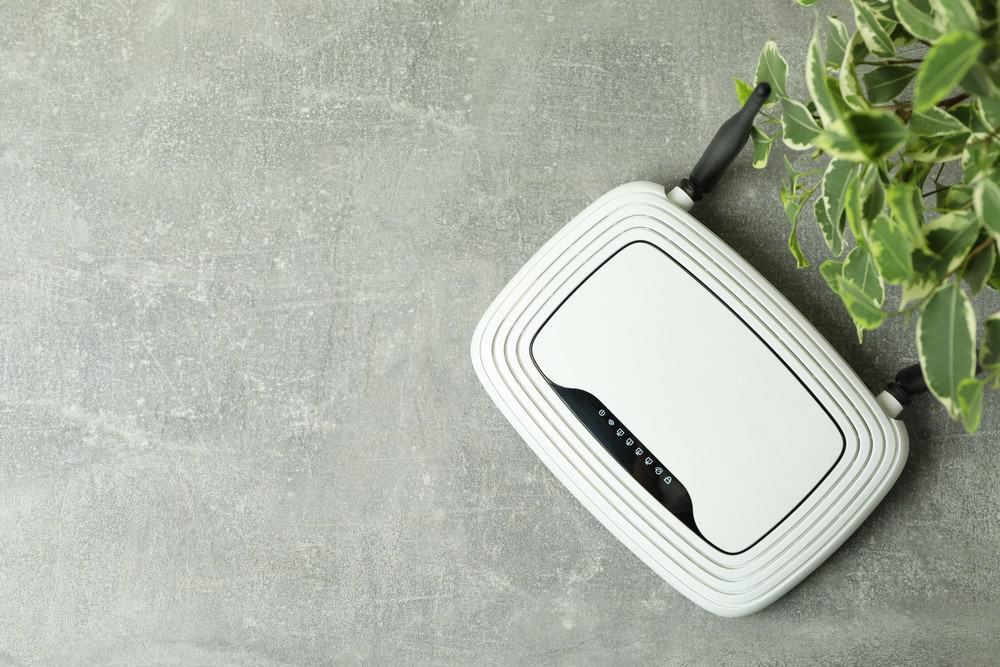
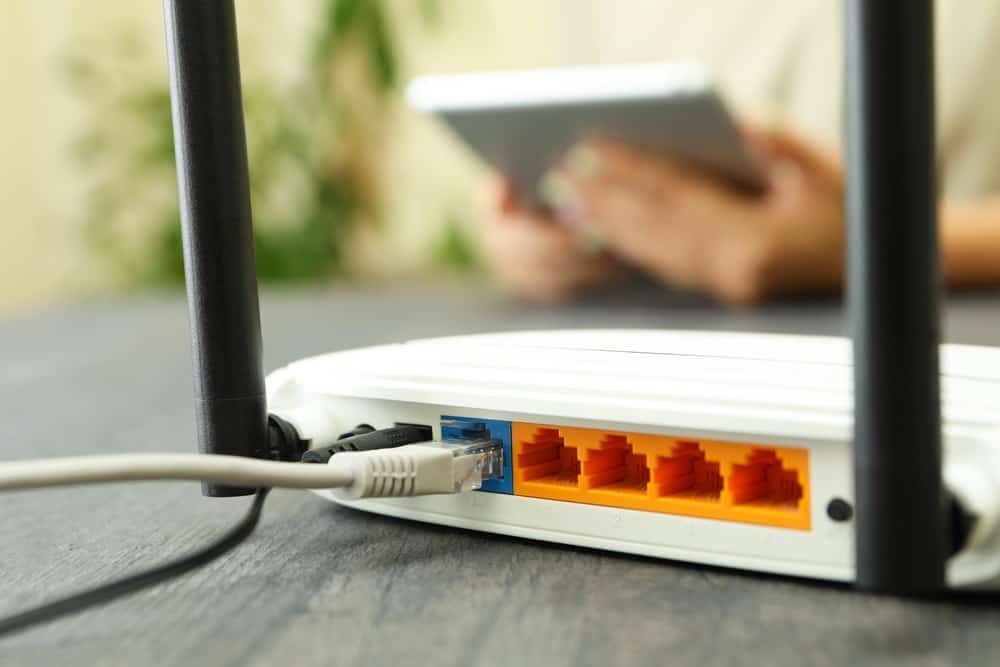
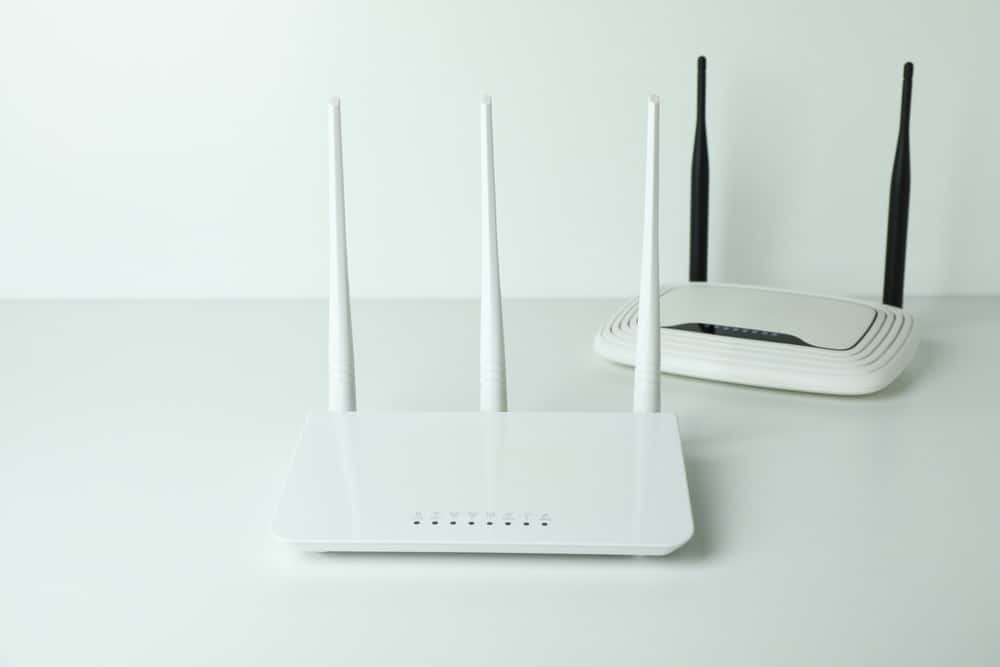





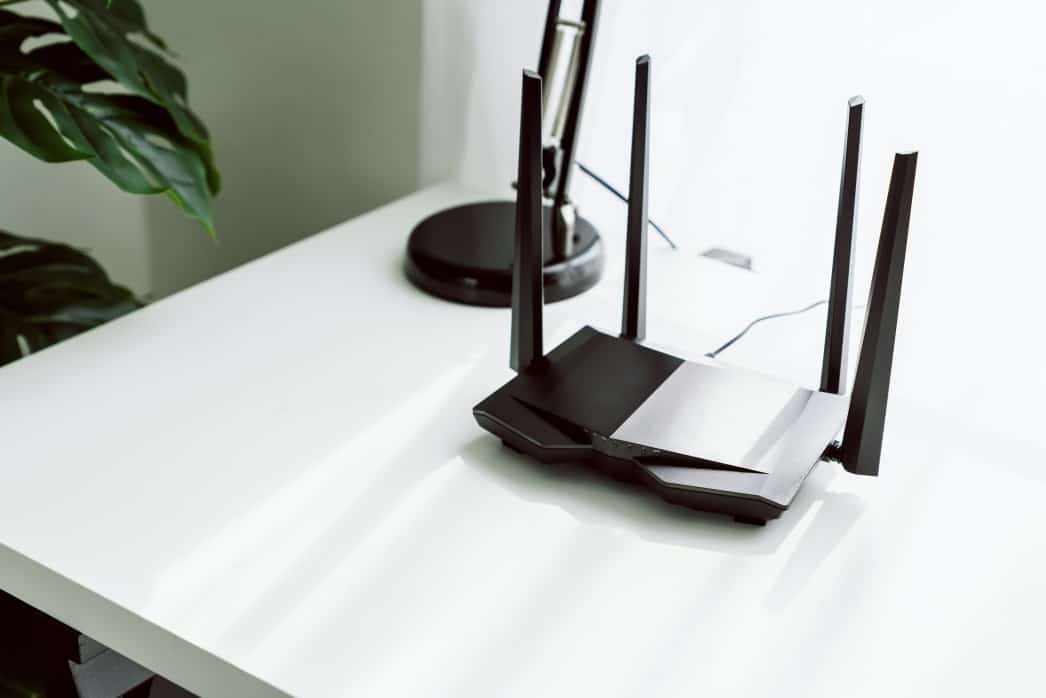
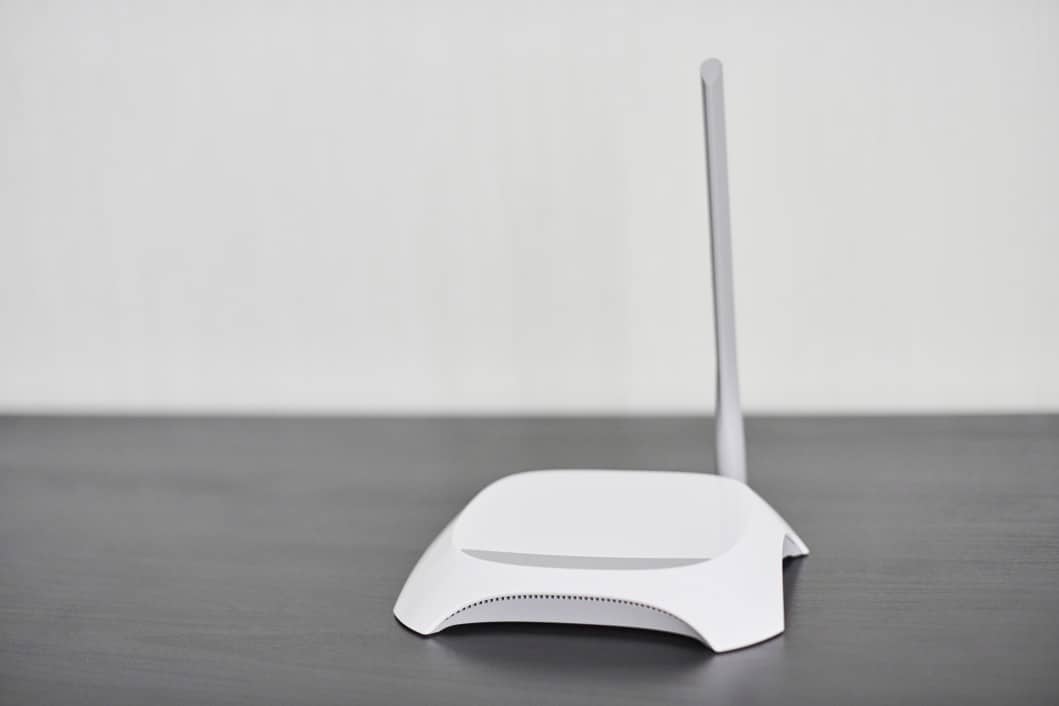



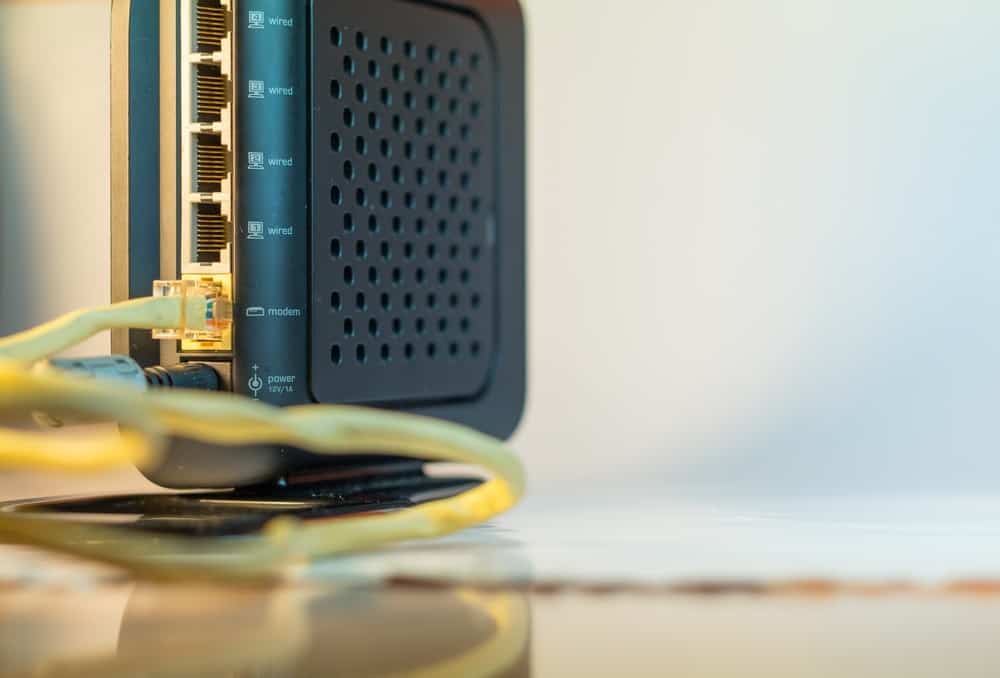

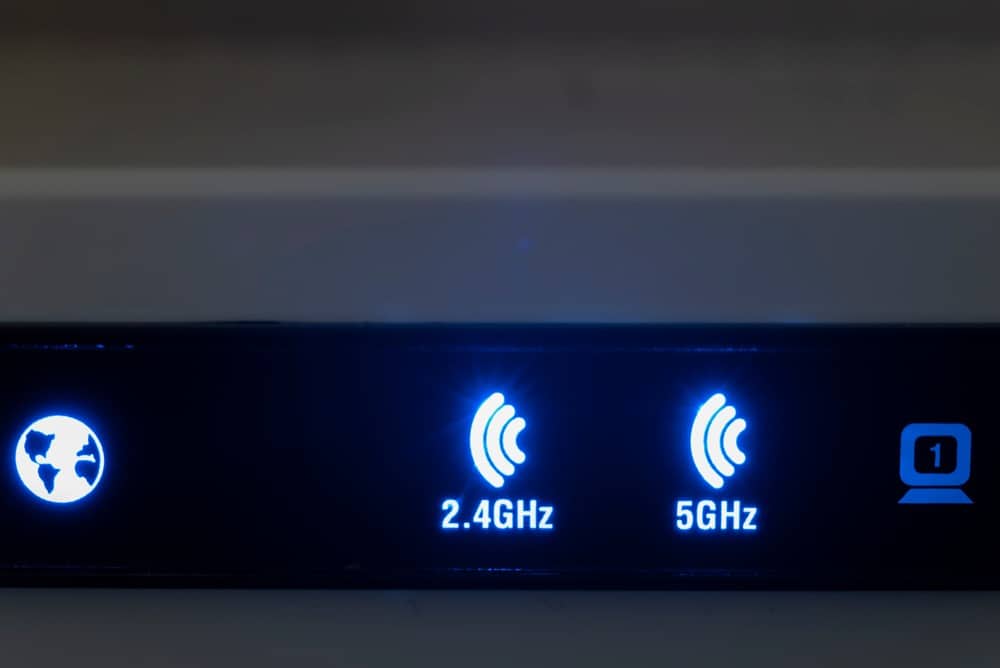

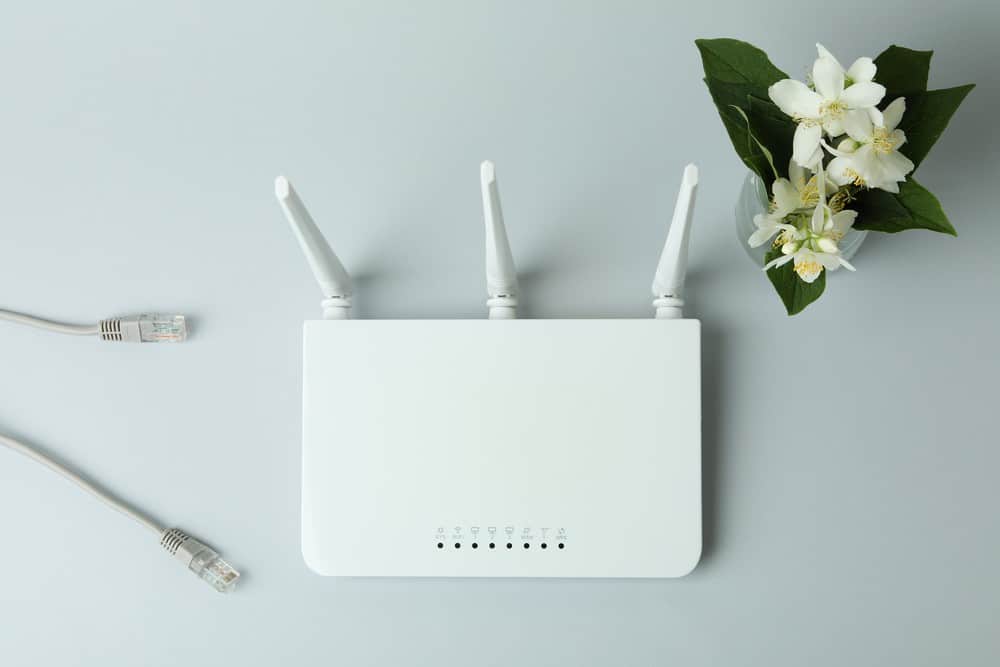
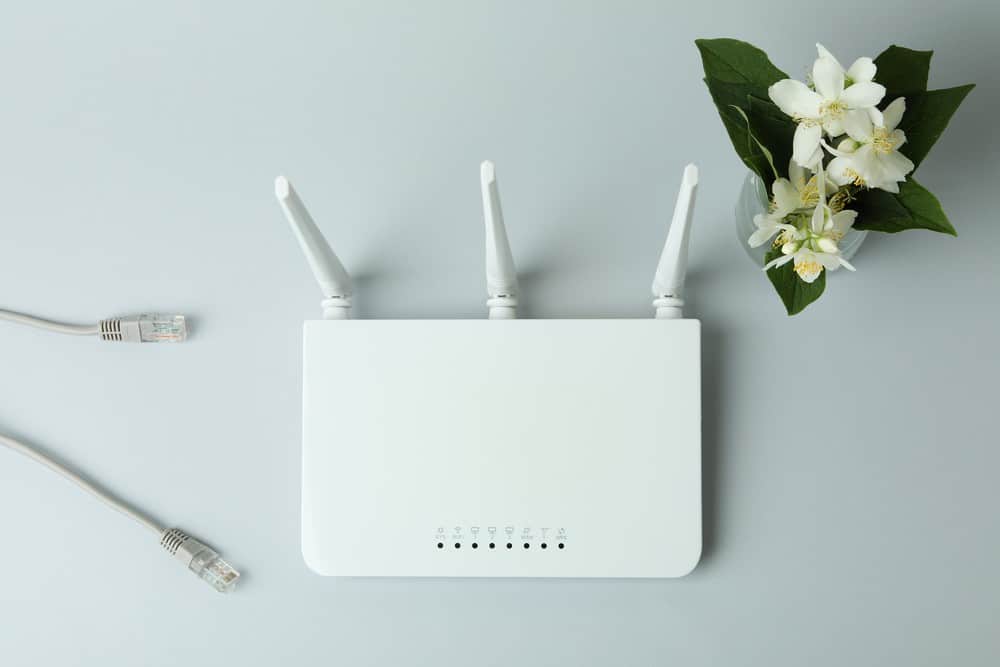

![Best BenQ Monitors in [year] 30 Best BenQ Monitors in 2026](https://www.gadgetreview.dev/wp-content/uploads/best-benq-monitor-image.jpg)
![Best Wifi Extenders For FiOS in [year] 31 Best Wifi Extenders For FiOS in 2026](https://www.gadgetreview.dev/wp-content/uploads/best-wifi-extender-for-fios-image.jpg)
![Best Fiber Optic Routers in [year] 32 Best Fiber Optic Routers in 2026](https://www.gadgetreview.dev/wp-content/uploads/best-fiber-optic-router-image.jpg)
![Best VoIP Routers in [year] 33 Best VoIP Routers in 2026](https://www.gadgetreview.dev/wp-content/uploads/best-voip-router-image.jpg)
![Best Routers for 200Mbps in [year] 34 Best Routers for 200Mbps in 2026](https://www.gadgetreview.dev/wp-content/uploads/best-router-for-200mbps-image.jpg)
![Best Routers for Optimum in [year] 35 Best Routers for Optimum in 2026](https://www.gadgetreview.dev/wp-content/uploads/best-router-for-optimum-image.jpg)
![Best Routers for Apple in [year] 36 Best Routers for Apple in 2026](https://www.gadgetreview.dev/wp-content/uploads/best-router-for-apple-image.jpg)
![Best Routers for Frontier FIOS in [year] 37 Best Routers for Frontier FIOS in 2026](https://www.gadgetreview.dev/wp-content/uploads/best-router-for-frontier-fios-image.jpg)
![Best Secure Routers in [year] 38 Best Secure Routers in 2026](https://www.gadgetreview.dev/wp-content/uploads/best-secure-router-image.jpg)
![Best Routers for Google Fiber in [year] 39 Best Routers for Google Fiber in 2026](https://www.gadgetreview.dev/wp-content/uploads/best-router-for-google-fiber-image.jpg)
![Best Routers for Cox in [year] 40 Best Routers for Cox in 2026](https://www.gadgetreview.dev/wp-content/uploads/best-router-for-cox-image.jpg)
![Best Asus Routers in [year] 41 Best Asus Routers in 2026](https://www.gadgetreview.dev/wp-content/uploads/best-asus-routers-image.jpg)
![Best Linksys Routers in [year] 42 Best Linksys Routers in 2026](https://www.gadgetreview.dev/wp-content/uploads/best-linksys-routers-image.jpg)
![Best Routers for CenturyLink in [year] 43 Best Routers for CenturyLink in 2026](https://www.gadgetreview.dev/wp-content/uploads/best-router-for-centurylink-image.jpg)
![Best WiFi Routers for Multiple Devices in [year] 44 Best WiFi Routers for Multiple Devices in 2026](https://www.gadgetreview.dev/wp-content/uploads/best-wifi-router-for-multiple-devices-image.jpg)
![Best Wired Routers in [year] 45 Best Wired Routers in 2026](https://www.gadgetreview.dev/wp-content/uploads/best-wired-router-image.jpg)
![Best Routers for 4K Streaming in [year] 46 Best Routers for 4K Streaming in 2026](https://www.gadgetreview.dev/wp-content/uploads/best-router-for-4k-streaming-image.jpg)
![Best Cisco Routers in [year] 47 Best Cisco Routers in 2026](https://www.gadgetreview.dev/wp-content/uploads/best-cisco-routers-image.jpg)
![Best eero Routers in [year] 48 Best eero Routers in 2026](https://www.gadgetreview.dev/wp-content/uploads/best-eero-routers-image.jpg)






